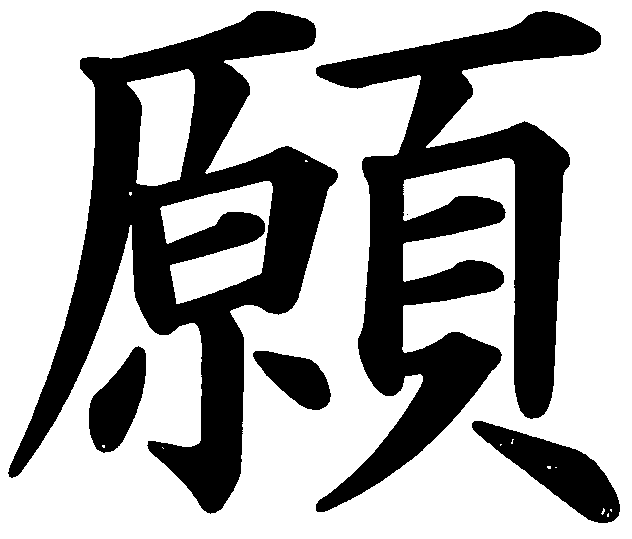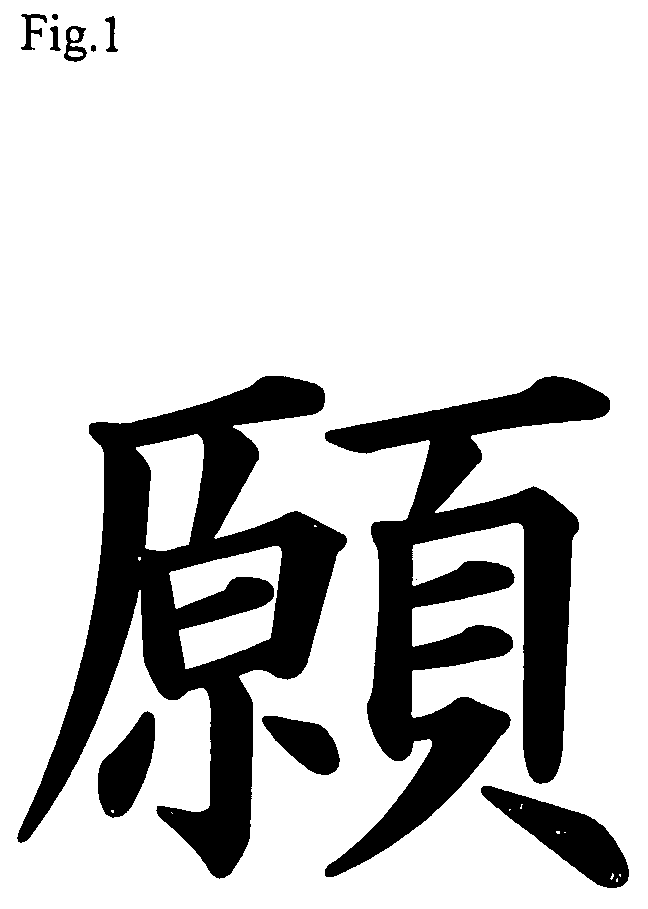Toner for electrostatic image development, manufacturing method thereof, electrostatic image developer and image forming method
a technology for electrostatic images and toners, applied in the field of toners for electrostatic image development, manufacturing methods thereof, electrostatic image developers and image forming methods, can solve the problems of large amount of toner images to be transferred, degradation of image quality, and inability to develop properties, etc., to achieve the effect of storing a toner or a toner imag
- Summary
- Abstract
- Description
- Claims
- Application Information
AI Technical Summary
Benefits of technology
Problems solved by technology
Method used
Image
Examples
example 1
(Production of Toner 1)
[0164]Ion exchanged water: 500 parts[0165]Resin particle dispersion 1: 175 parts[0166]Colorant dispersion 1: 35 parts[0167]Coagulant (polyaluminum chloride, manufactured by Asada Kagaku Co.): 0.5 parts
[0168]The above ingredients are mixed and dispersed in a round stainless steel flask by a homogenizer (ULTRATURRAX T50, manufactured by IKA Co.) Then, the flask is heated by a heating oil bath to an aggregation temperature of 50° C. while stirring, and maintained for 30 minutes. The resultant are then heated to 52° C. and maintained for 1.5 hours. 25 parts of the resin particle dispersion 1 is moderately added to the thus prepared dispersion containing the aggregated particles and maintained at 53° C. for one hour by elevating the temperature of the heating oil bath.
[0169]Then, an Na salt of nitrilotriacetic acid (Chelest 70, manufactured by Chubu Chelest Co. Ltd.), a trivalent aminopolycarboxylic acid, is added as a chelating agent so that the amount thereof is ...
example 2
[0192]The toner 2 and the developer (2) are prepared in the same manner as in Example 1 except that the amount of the chelating agent is changed to 2%, and evaluated.
[0193]The characteristics of the toner and the result of the evaluation are shown in Table 1.
example 3
[0194]The toner 3 and the developer (3) are prepared in the same manner as in Example 1 except that the amount of the chelating agent is changed to 1%, and evaluated.
[0195]The characteristics of the toner and the result of the evaluation are shown in Table 1.
PUM
| Property | Measurement | Unit |
|---|---|---|
| melting point | aaaaa | aaaaa |
| melting point | aaaaa | aaaaa |
| volume average particle size | aaaaa | aaaaa |
Abstract
Description
Claims
Application Information
 Login to View More
Login to View More - R&D
- Intellectual Property
- Life Sciences
- Materials
- Tech Scout
- Unparalleled Data Quality
- Higher Quality Content
- 60% Fewer Hallucinations
Browse by: Latest US Patents, China's latest patents, Technical Efficacy Thesaurus, Application Domain, Technology Topic, Popular Technical Reports.
© 2025 PatSnap. All rights reserved.Legal|Privacy policy|Modern Slavery Act Transparency Statement|Sitemap|About US| Contact US: help@patsnap.com


